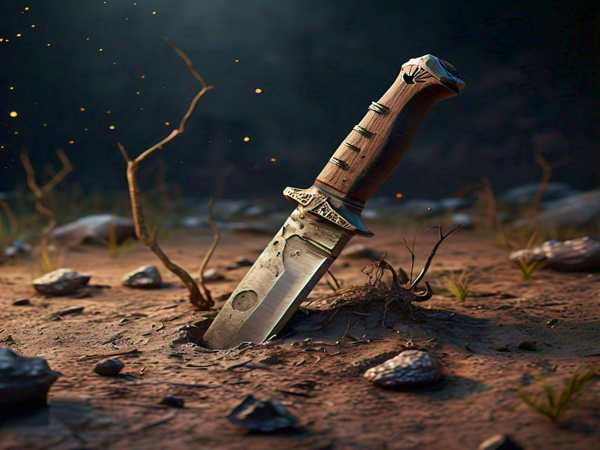Don’t Test Fate
Graveyards. Places of solemn reflection, eternal rest, and…teenage dares? Yep, for generations, these somber spaces have served as spooky playgrounds for teenagers looking for a thrill. And at the heart of this chilling tradition lies the “grave pull” story, a tale with variations that send shivers down spines across the globe.
The Classic Dare: Bravery Under Pressure
The basic structure of the story is simple. A group of teenagers gathered at a Friday night party find their conversation drifting towards the nearby graveyard. Inevitably, the topic of “grave pulls” arises. The legend goes that standing on a grave after dark invites the deceased inhabitant to reach out and drag you into the earth. Naturally, skepticism ensues, followed by the inevitable dare. A brave soul, usually a girl, steps up, scoffing at the superstition.
But here’s the rub: social pressure is a powerful force, especially among teenagers. With her friends egging her on, the “brave” one often finds herself accepting the dare, her initial bravado masking a surge of fear. Armed with a knife supposedly to mark her presence, she ventures into the graveyard.
Facing the Unknown: Fear Takes Hold
Alone in the silent graveyard, the girl’s bravado crumbles. The darkness amplifies every sound, every rustle. She hastily selects a grave, her hands trembling as she plunges the knife into the soil. Now, the “catch.” As she turns to leave, she’s gripped by an unseen force. Panic sets in. She struggles, screams tear through the night, but whatever holds her remains unyielding.
The Truth Behind the Terror
Meanwhile, back at the party, the girl’s absence raises concerns. Her friends find her sprawled across the grave, seemingly lifeless. The shock is real, but the cause might surprise you. The “pulling” sensation? Often it’s nothing more than the girl’s own fear manifesting as a feeling of being trapped. In the darkness and panic, her fight-or-flight response triggered intense adrenaline surges, potentially leading to fainting or even a heart attack.
The knife? Sometimes, the blade gets caught on loose clothing or the uneven ground, ironically mimicking the “pulling” effect.
A New Orleans Twist: Intoxication and Its Consequences
Another variation of this story takes place in New Orleans’ historic French Quarter. Here, the protagonists are brash tourists, fueled by alcohol and bravado. Their dare involves Marie Laveau, a legendary voodoo queen said to be buried in St. Louis Cemetery #1. The challenge? Scaling the cemetery wall and hammering a spike into Laveau’s tomb.
The story unfolds tragically. The intoxicated participant accepts the dare, but his drunken state clouds his judgment. Scaling the wall is reckless, and hammering the spike becomes a deadly mistake. In his inebriated stupor, he accidentally pins his own coat to the tomb. Panic and fear grip him as he struggles to free himself. Sadly, his stressed heart gives way, leaving him dead beside the grave.
Science vs. Superstition
Both versions of this story highlight the dangers of succumbing to peer pressure and the potentially tragic consequences of reckless behavior, especially under the influence of alcohol. While the “pulling” sensation is ultimately explained by adrenaline and fear, the underlying message resonates: respect the dead and don’t engage in activities that could put your life at risk.
Beyond the Fear: Respecting the Dead
Graveyards are places of reverence and peace. While folklore and ghost stories may weave a shroud of mystery around them, it’s important to remember that these spaces hold the remains of loved ones. Exploring them with disrespect, fueled by dares and thrills, is a sign of callousness, not bravery.
There’s plenty of excitement to be found outside of graveyards. Choose activities that don’t invite danger or disrespect the sanctity of the dead.

